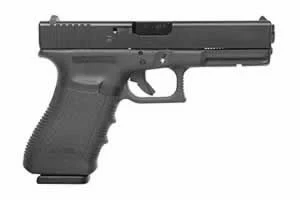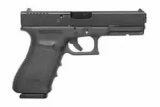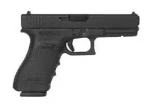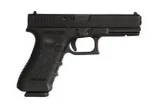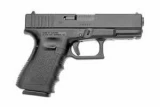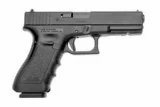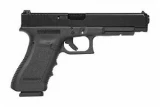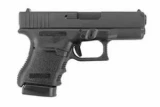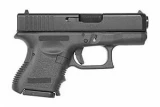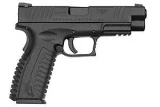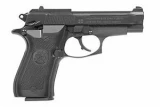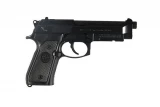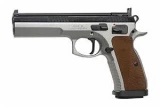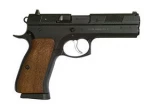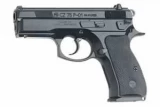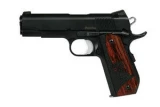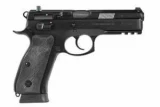Glock 20 vs Nagant 1895
Put handguns head to head to compare caliber and more.
| vs |
$0.00
|
| Handguns | Glock 20 | Nagant 1895 |
|---|---|---|
| Summary | ||
| Rating | ||
| Rank | ||
| Action | Safe Action | |
| Caliber | 10mm Auto | |
| Capacity | 15+1 | 17+1 |
| Finish | Black | Stainless Steel |
| Sights | Fixed | Front Blade |
| Barrel Length | 4.60" | 4.5" |
| Gun Type | Revolver | |
| Details | ||
| Brand | Glock | |
| Reviews | See 10 Reviews | N/A |
| Prices | ||
| MSRP | $811.88 | $0.00 |
| Used Price | $568.32 | $0.00 |
| Sale Price | $730.69 | $0.00 |
Handguns Descriptions
Glock 20
The GLOCK 20 Gen4, in 10mm, provides nothing short of massive firepower. The use of GLOCK hi-tech polymer considerably reduces felt recoil. With muzzle energy of 550 ft/lbs and a magazine capacity of 15 rounds, this 10mm is your reliable companion on every hunt. The Gen4 edition now incorporates a wider selection of grip dimensions to make customizing your grip even more precise. Glock 20 Gen 4 Specs at a glance - Caliber: 10mm Barrel: 4.61 inches Overall Length: 8.07 inches Weight: 30.69 ounces (empty) Grips: Polymer, modular backstrap Sights: White-dot Action: Semi-auto Finish: Polymer frame/Tenifer slide Capacity: 15+1
Nagant 1895
The famous Nagant M1895 Revolver was developed and made by two brothers, Emile and Leon Nagant in their company Fabrique d'armes Émile et Léon Nagant. The company was established in 1859 in Liege, Belgium. Later the company was renamed "L. Nagant & Cie, Liége." The Nagant brothers were probably best known for their important contributions to the design of the Mosin-Nagant Russian service rifle, adopted in 1891. The Russian government adopted the Nagant revolver in 1895. It was first made in Liege and then in 1897 production was moved to Tula, Russia where it was produced until 1945. In total, over 2 million of them were made. The Nagant M1895 was a gas-seal revolver with a non-removable cylinder. It was loaded and unloaded through a gate at the right hand side of the frame. It used uniquely designed cartridges that would seal the cylinder in order not to allow gas to escape through the gap between the barrel breech and cylinder.

